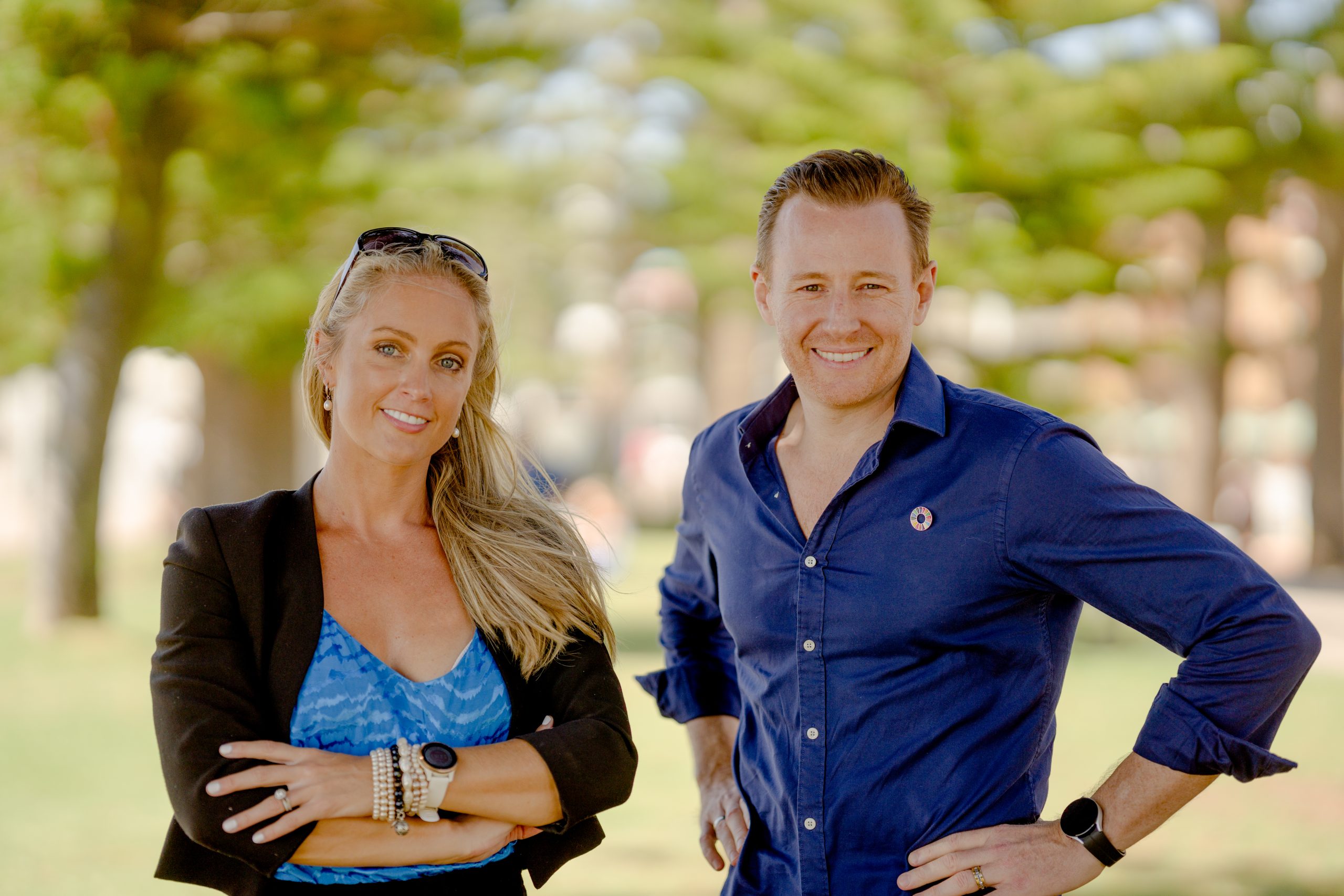I’ll tell you a secret. Sometimes the news you’re reading is entirely manufactured.
No, I’m not talking about “fake news” or any rubbish made up by a megalomaniac ex-President intent on destroying democracy as we know it.
I mean that sometimes companies are able to make an incredible splash across multiple news platforms based on an announcement that does not relate to any particular discrete event or milestone.
Their secret?
Unlock Consistent Exposure with Data-Driven Campaigns
Because over the course of a year, your business might close one significant round of capital, secure one substantial partnership deal, and have a small handful of newsworthy disclosure or shareholder communications requirements, like half-yearly and yearly results reporting.
But creating data-driven campaigns between these infrequent and irregular milestones can enable a steady stream of very high-quality media exposure regardless of what else is – or isn’t – going on.
These types of media campaigns also provide you the opportunity to gain a strong position as a thought leader.

Setting your strategy
There’s no point spitting out data for data’s sake.
The end product needs to have strategic value to your business – and be of interest to the media.
So the first place everyone should start a data-led campaign is with a key message you want the data to reinforce. And it must satisfy the following two criteria:
- It must be critical to your company’s strategy, product, and tactics, and
- It must be relevant, newsworthy, and of broad interest beyond your company’s own corporate agenda.
Examples of messages that serve a corporate agenda and which are also, at the time of writing this blog, topical could be “Investing in stocks based on Reddit advice is kind of insane”, or “Putting your super into a climate-friendly fund is more powerful than saying no to plastic straws”.
Crafting Messages for Journalists and Target Publications
Strategically valuable; newsworthy and topical
If the message is newsworthy, then it will also be pretty clear who your target journalists and publications are, because they will already have been exploring the theme more broadly.
Once these details are locked in – primary key message and target journalists/publications – then you are ready to make a number of data-related decisions.
Every decision you make from this point on should allow you to reinforce this message and appeal to these journalists.
Building the campaign Finding your data: sources
Data sources can be internal, external, or a little bit of both. The most important factor here is that the interpretation and insights you provide on the data are unique and relevant.
If your company does generate unique, statistically significant, and/or appropriate proprietary internal data – excellent. This can be extrapolated out to create broader insights on industry or customer trends, and can be analysed over time, or compared to other publicly available data.
There are also many external forms of public data that can be analysed to create newsworthy findings in the absence of internal data. This can come from sources such as the Australian Securities and Investment Commission (ASIC), the Australian Prudential Regulation Authority (APRA), or the Australian Bureau of Statistics (ABS), to name just a few.
Or, you could create your own data. This could involve conducting primary research, such as commissioning or conducting a survey that uncovers the perspectives of a relevant demographic. Or it might involve secondary research derived through analysing a set of existing relevant studies or asset market fluctuations.
Presentation of data
The format of your data can vary enormously, depending on a range of factors, like budget, timing, and overall strategy.
This can be as simple as announcing a handful of figures or calculations within a media release, or it might involve releasing a more formalised type of report, such an annual report, a yearly repeating index, a survey or research report, or a white paper.
If you are looking for a faster and/or cheaper campaign, you might want to stick to raw figures presented in a media release alone. If the data and insights are interesting enough, these figures could still make a massive impact and even be quoted by others in your field for many months or years to come.
If you want your data to be a repeating source of insights over many years, you might instead consider setting up an annual index or benchmark-type report that compares a snapshot situation over many years using aggregated and anonymised insights.
Communicating your insights
Regardless of the format of your data, best practices mean you should present your resulting insights in the format of a media release.
This is because journalists are busy. They are not going to do the work of wading through your numbers and finding the “so what” factor for you. Presenting them with raw data or a 40-page report also means they will decide what is and isn’t relevant, instead of you.
Instead, a media release format allows you to guide the journalist to your key angle, key messaging, and key data points – while adding in some extra subjective flavour via the spokesperson quotes.
Internally, the media release will act as your company’s “source of truth” on the story, and provide the starting point for any briefing notes to guide media interviews.
Writing this release should begin with summarising your entire campaign in one sentence, including the 1 to 5 data points that most strongly reinforce your original key message.
Adding some sizzle to the steak
You’ve got your data. You’ve written your release. Now it’s time to create some visually-appealing collateral just for the media.
A visual representation of your findings can take the form of brightly-coloured or (subtly) corporate branded infographics, tables, graphs, interactive reports or dashboards, or dynamic web pages, to name just a few options.
Even if your report is already very pretty, you will still want to create some appropriately-sized JPEGS that a journo can easily submit to the production editor when he or she files the story (even if they are just lifted from the report itself).
Finding a case study to reinforce the findings of your research is also a winning strategy.
This person is ideally a customer of yours – but actually doesn’t have to be if that’s too hard. The key point is that their thoughts and experiences (presented as quotes) must reinforce your original key message. They must also be willing to have their photo featured across the news.
Not only will a case study add a personable and relatable newsworthy example to your story, but it will also increase your odds of securing prime editorial real estate within the paper – even business publications rely on pretty smiling faces to sell stories!
Timing
Tier-1 newsworthy data-led campaigns can take anywhere from 6 weeks to 6 months to put together and implement. If it is something relatively simple, like some basic analytics of public data and a unique perspective on the findings, then plan for around 6 weeks; 3 to 4 weeks to compile the data, build the media release and get it approved, and then 2 to 3 weeks to get the story placed and mass-distributed.
If you want to author or commission a white paper then, again depending on how big and complex the piece is going to be, this can take 3 to 6 months from beginning to end – and you must always allow for 2 to 4 weeks from the time everything is complete and there is an approved media release until the story is placed. Your media team should also be advising you of upcoming events that may impede media, such as ASX reporting season.
Like with any other story, pay careful attention to timing this all very strategically, so remaining patient will still be key.
But you’ll have done everything possible to give yourself the best chance of making an enormous splash – without requiring any major milestone to have been achieved within the business.
Sweet 👍










